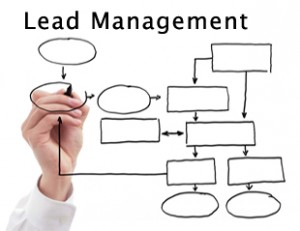Targeting Leads Using Marketing Automation
 Try targeting leads using marketing automation. Thanks to impressive advancements in modern technology anyone can now manage the targeting, timing, and content of their outbound marketing messages in direct response to prospect’s online behavior. Marketing automation is designed to first qualify each potential lead and then target the leads based on their established online history. Lead qualification criteria are setup specifically for each business, so every aspect can be customized to find leads that have the greatest potential.
Try targeting leads using marketing automation. Thanks to impressive advancements in modern technology anyone can now manage the targeting, timing, and content of their outbound marketing messages in direct response to prospect’s online behavior. Marketing automation is designed to first qualify each potential lead and then target the leads based on their established online history. Lead qualification criteria are setup specifically for each business, so every aspect can be customized to find leads that have the greatest potential.
It is quality over quantity when it comes to potential business, so any program that can categorize each lead based on how their interests relate to your company’s main focus is worth its weight in gold. Marketing automation searches for strong leads that have a higher chance of conversion.
Marketing automation qualifies leads by analyzing prospects online activity, so a potential vendor can better understand needs and buying patterns even before first contact is made. This way the marketing team can create campaigns designed specifically to appeal to customers they are targeting. Marketing automation uses website activity profiles to segment your audiences for various campaigns based on their personal interests. For example, if you know someone has registered to run a marathon and you sell high end fitness gear, then you can direct the ad towards how your shoes are superior for long distances.
Every marketer wants to get to know their potential customer’s faster and the best way to tap into their thought process is to analyze the sites they are visiting, the articles they are reading and the products they are purchasing. Marketing automation does all of that in less time than humanly possible.
Marketing automation also allows you to personalize your lead nurturing efforts to target specific leads by providing them with useful and relevant content. Imagine sending educational articles geared toward subjects that the potential customer is interested in reading. Companies can sell their product or service in a more subtle way.
Marketing automation can also create landing pages that adapt to different audience segments. A company has mere seconds to grab a potential customer’s attention since first impressions are important. By customizing every interaction to prospect’s unique taste, it will automatically improve your conversion rate.
In today’s high tech world there is no need to randomly spread marketing messages hoping the right people will see it at the right time. By using marketing automation a company can specifically target each prospect based on their personal interests.










